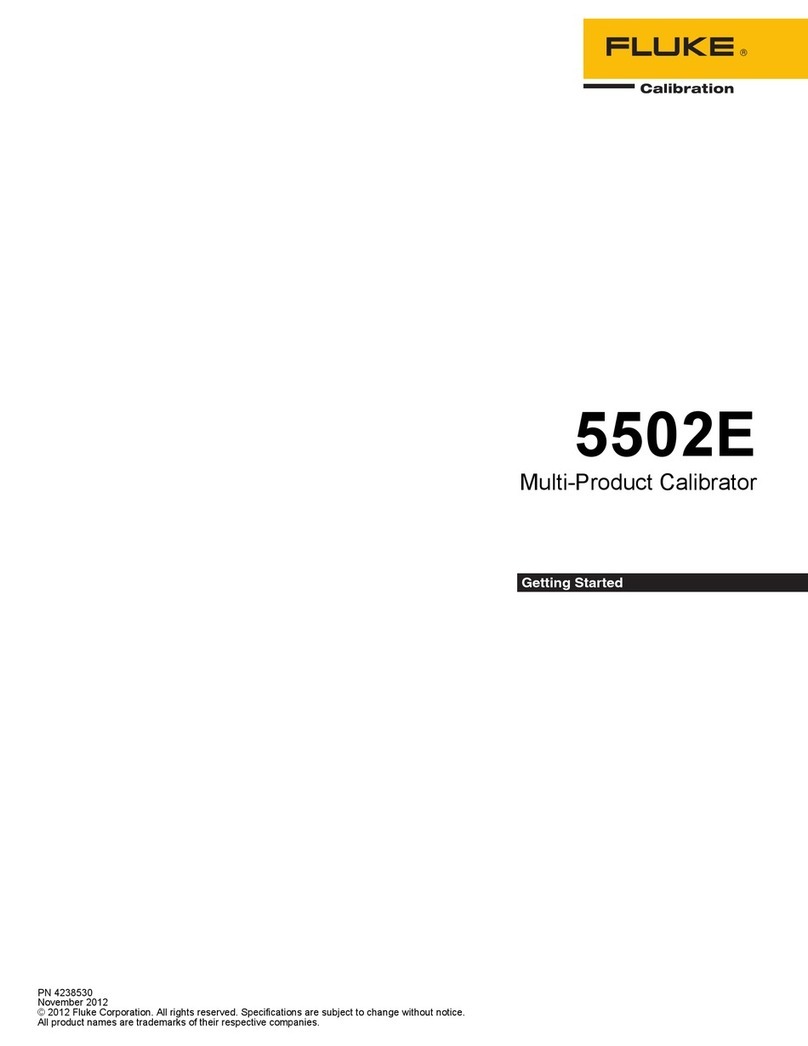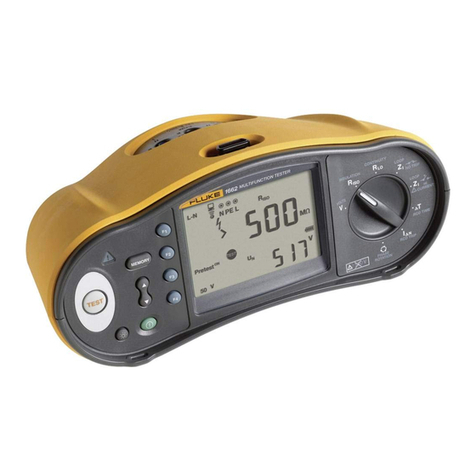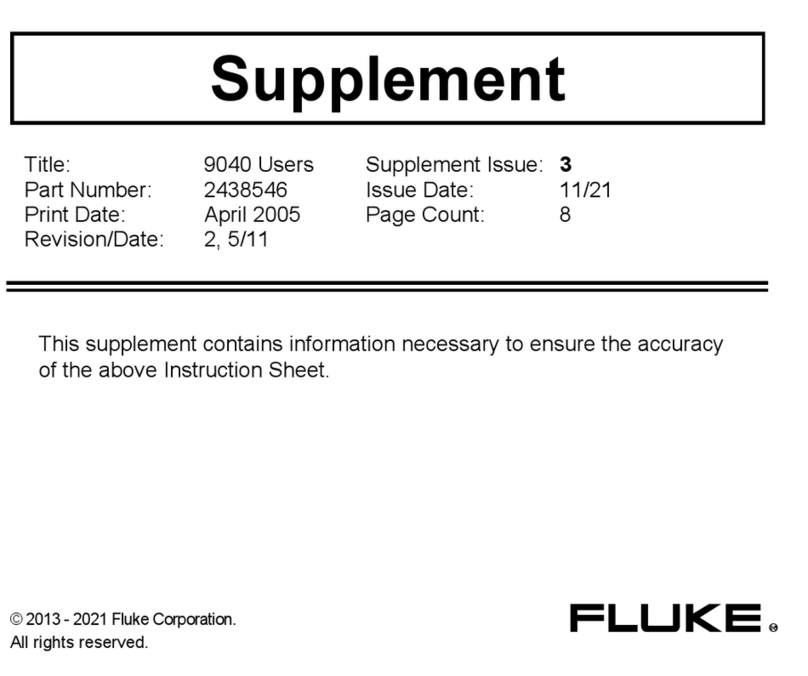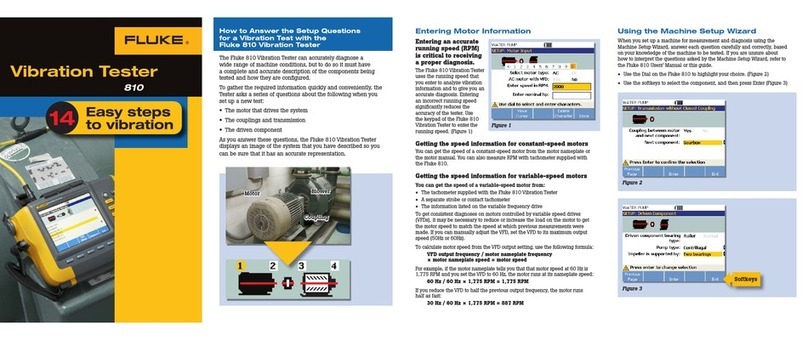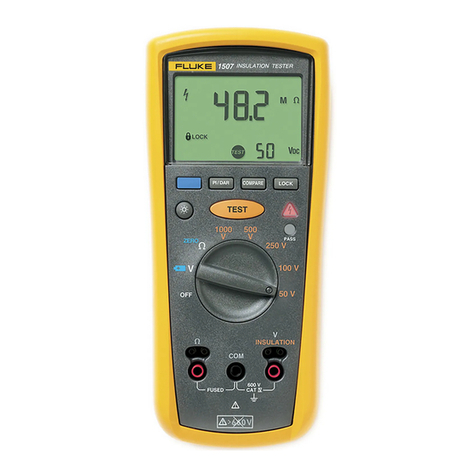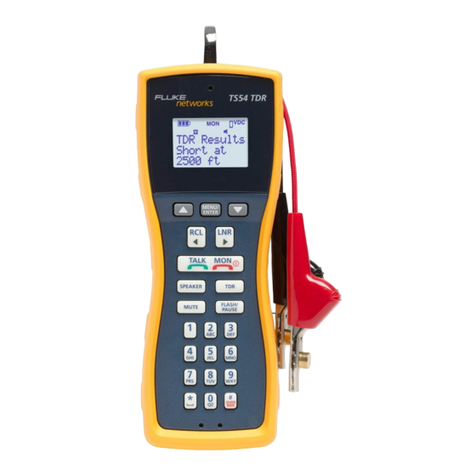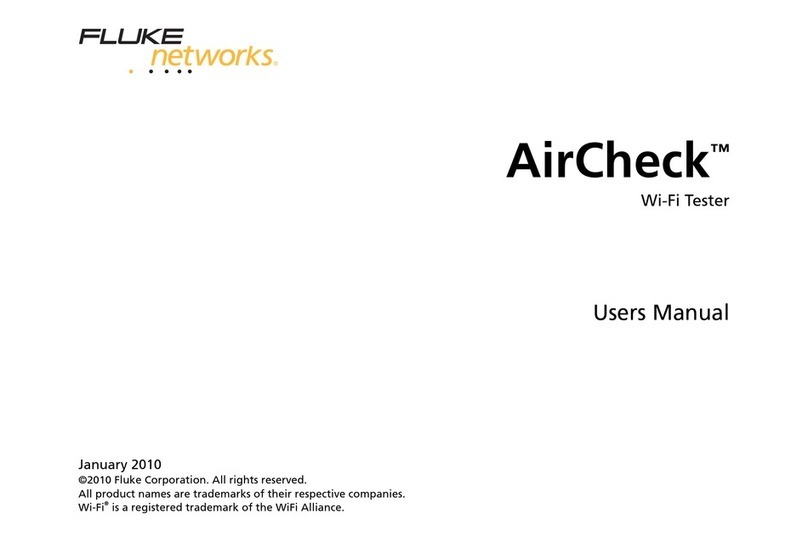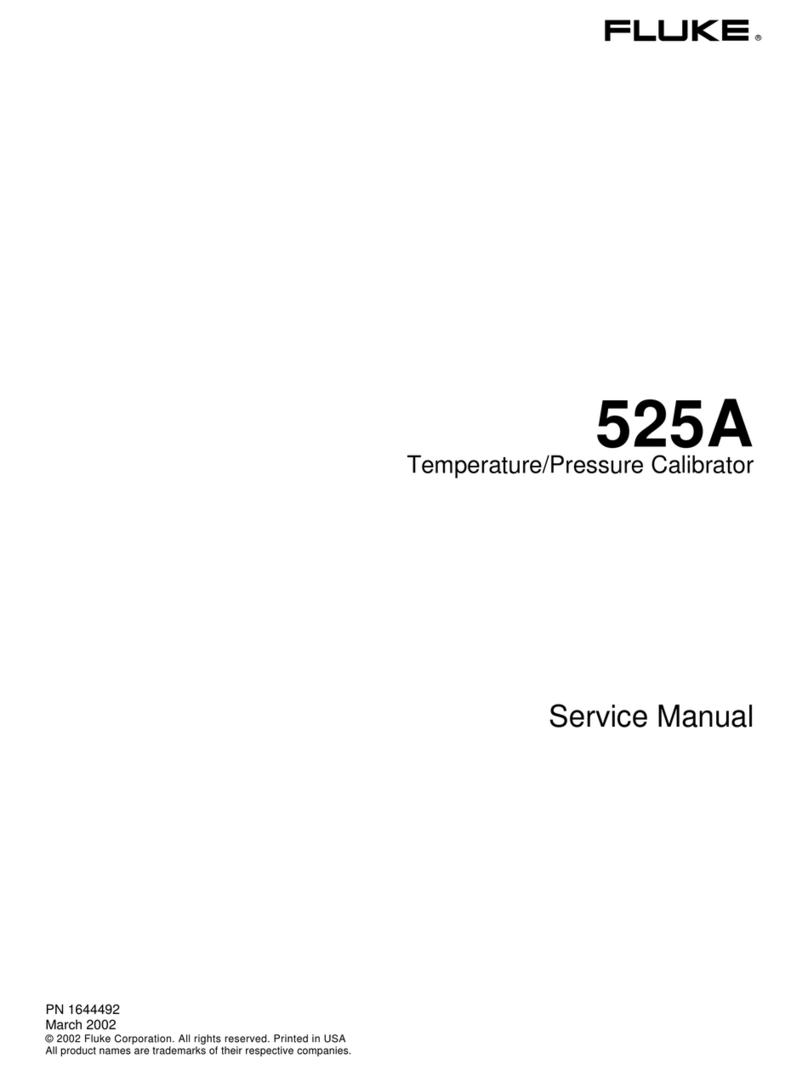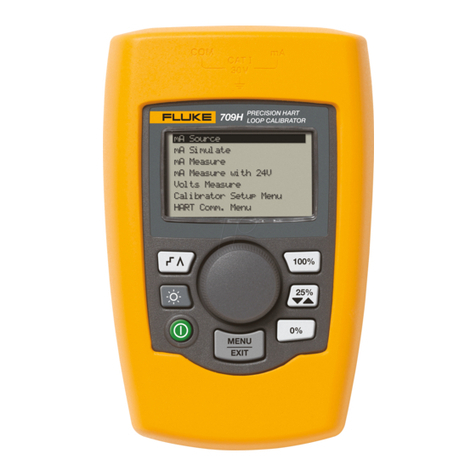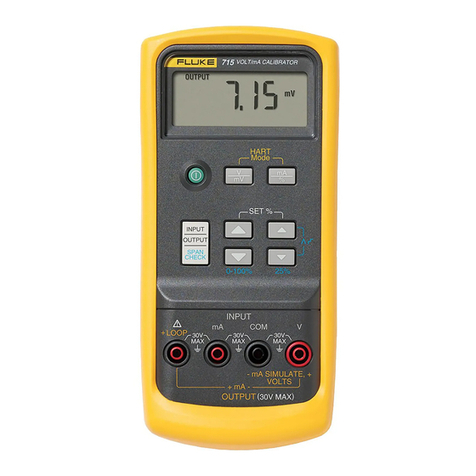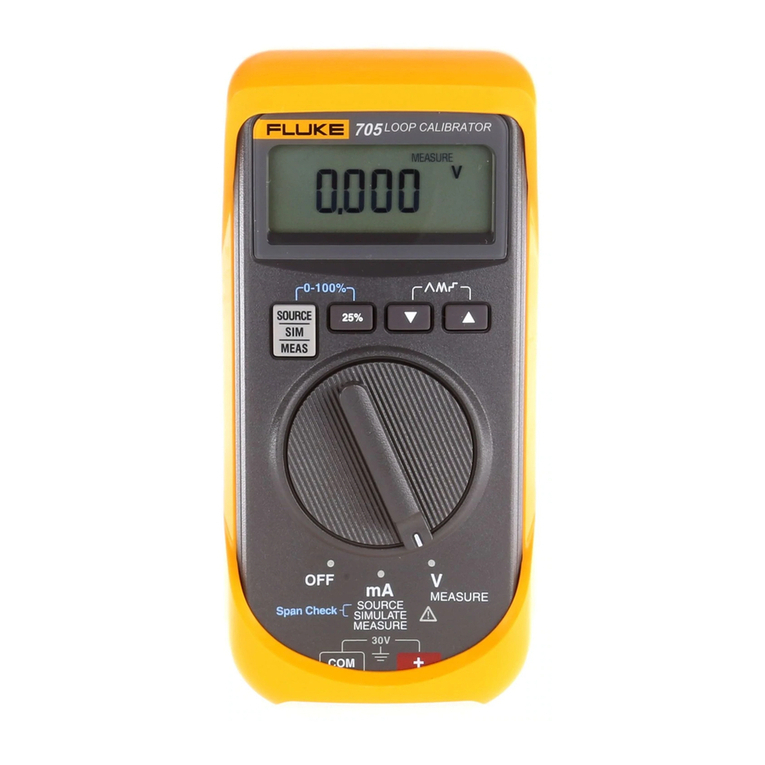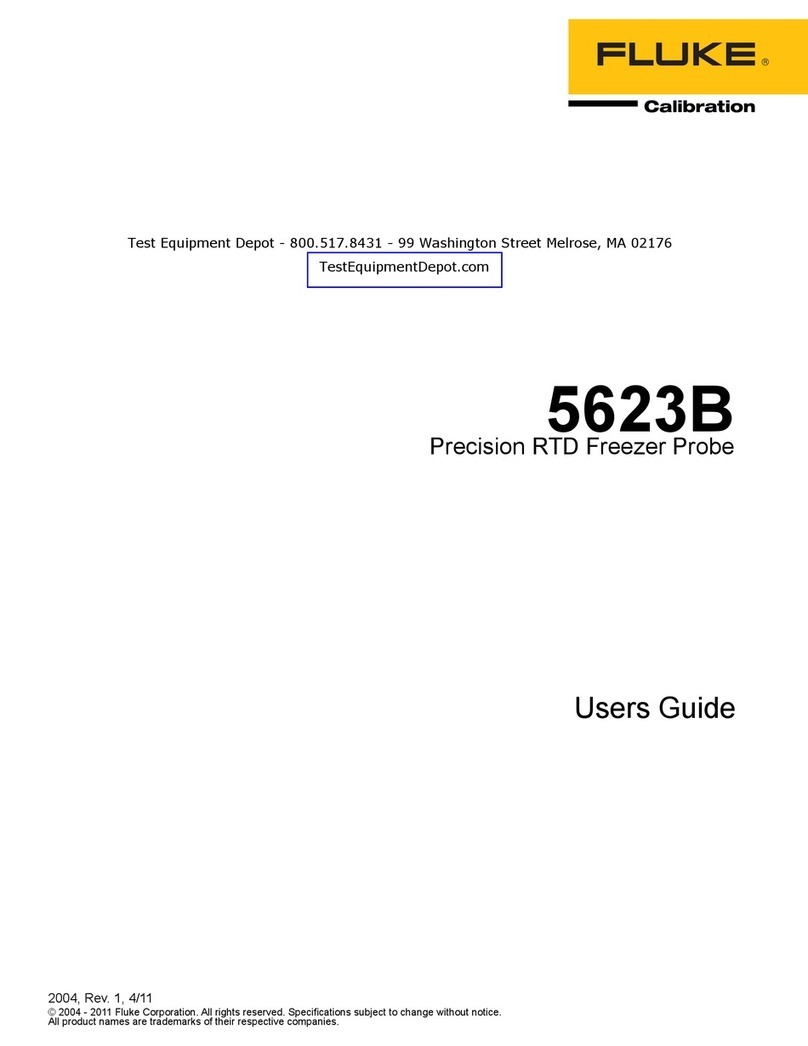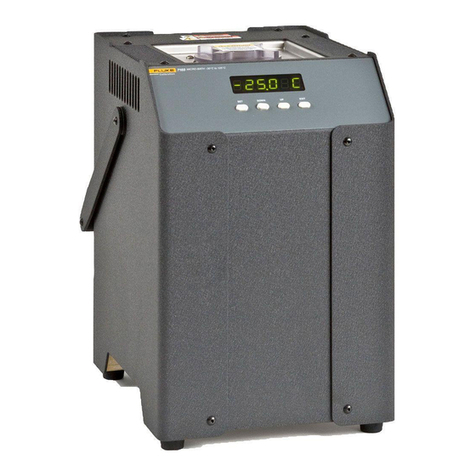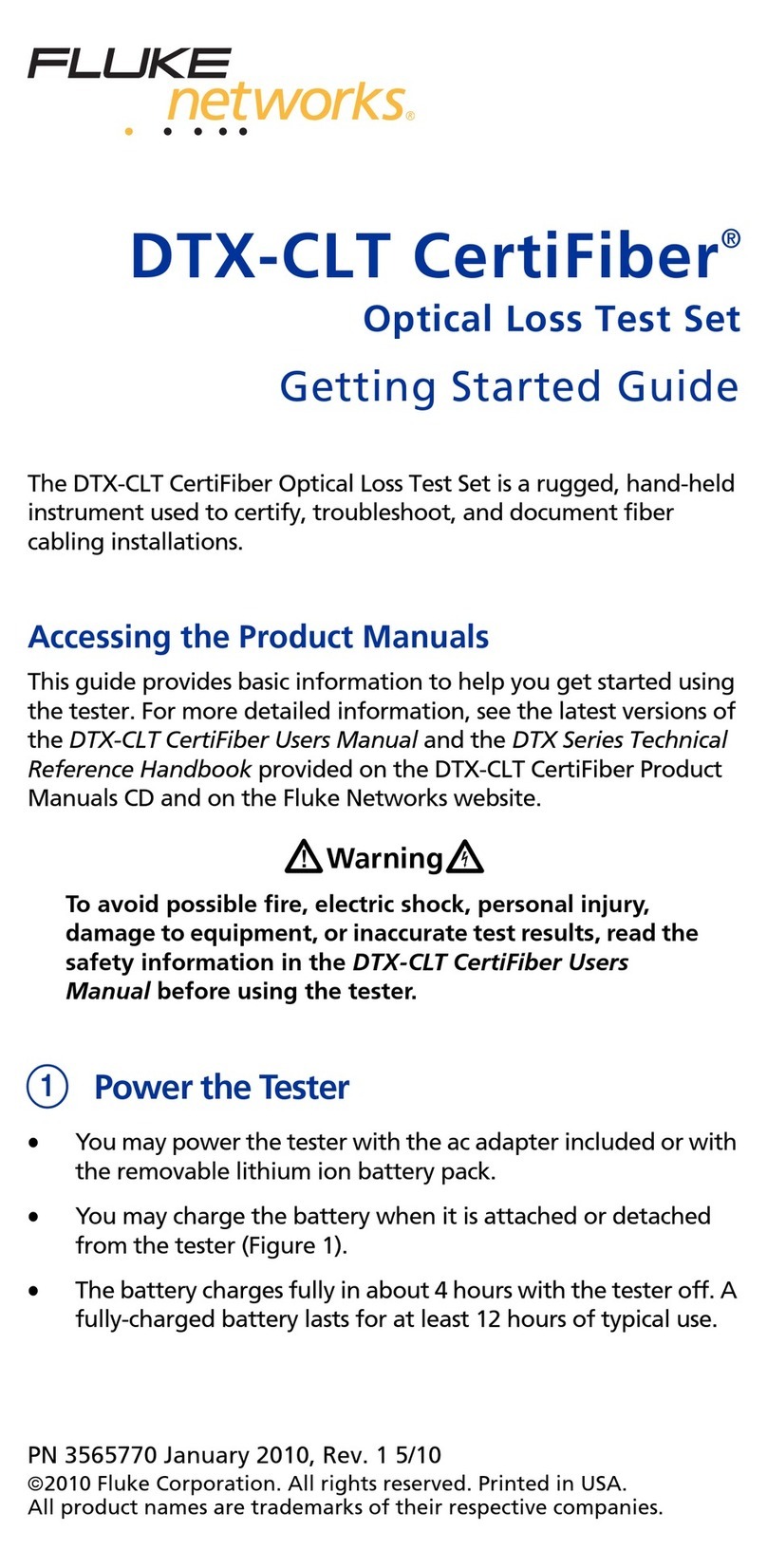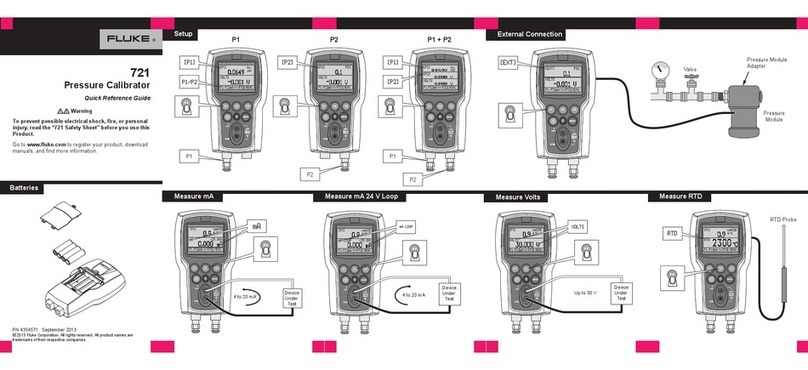
On page 4-14,
Table 4-4. Al Sync Module
(Sas Flgure 4-4)
FLUKE
STOCK
weRQum
847293
747287
147287
867572
867572
747352
782573
782873
782573
742320
742320
742320
742544
42548
847012
838565
876214
742031
742031
742023
853783
838045
201423
746453
740522
746529
#67109
746610
745610
746461
$11455
746248
740548
746560
745984
838102
181237
833391
853676
876813
T4156
£91429
761684
ss7088
MFRS
seLy
“CODE
89536
04222
$6289
04222
53993
A233
8A233
89536
00779
00779
A233
T3445
56637
3vezs
91637
91637
91637
91637
91637
91637
1637
91637
91627
91637
91632
91637
REFERENCE
DESIGHATOR
UM 127"
A1HYBRID ASSY, TESTED
<1-6, '14= CAP, CER, 0.1UF, +~108,25V,X7R, 1206
<17, 22-36 *
Cc 7-13, 37- CAP, TA, 10UF, +~20%, 16V, 6032
< 40
C41-45 CAP, CER, 47BF, +=10%, 50V, C0G, 1206
CRY, 4, 7, DIODE, S$I,30 £1IV,1.1 AMP, SCHOTTKY
CR 10, 13- 16, :
CR 20, 21
CR 2, 58, *DIODE, $I, BV=70.0V, 10=50MA, DUAL, $0723
CR 11, 17- 13, *
CR 23 =
CR 3, 69, *DICQDE, $I, BV=~70.0V, IO=$0MA, DUAL, §0T23
CR 12 *
t2, 3QVERDRIVE CABLE ASSY
J1HEADER, 2ROW, ,050CTR, 50 PIN
J2HEADER, 2ROW, .100CTR, RT ANG, 34 PIN
Qe i, 3, 6, *TRANSISTOR, SI, NPN, SMALL SIGNAL, S0T~23
Q7*
Q2, 45*TRANSISTOR, ST, PNP, SMALL SIGNAL, $OT-23
R1*RES, CERM, 18, +-5%, IW, 200PPH, 2512
R2*RES,CERM, 31, +~5%, IW, 200PPN, 2512
R3, 8©RES, CERM, 133K, +-1%, .125W, 1002PN, 1206
R4*RES, CERM, 1.8K, +~5%, (125W, 2000PH, 1206
Ré«RES,CERM, 4, 7K, +~5%, .125W, 200PPN, 1206
R7, *RES,CERM, 3.3K, +~5%, (125W, 200PPM, 1206
R9*RES, CERM, 1,21K, +-1%,.125W,100PPN, 1206
R16, 16, 18- * RES,CERM, 10X, +-5¢, 125W, 200PPN, 1206
R20, 23- 26 *
R11-13 *RES, CERM, 2K, 4-54, ,125W, 200PPN, 1206
R24 .*RES,CERM, 825, +-1%, .125W, 100PPH, 1206
R17 *RES, CERM, 33, +~5%, ,125W, 200PPM, 1206
R21 *RES, CERM, 100K, +~5%, ,125, 2008PM, 1206
R22 *RES, CERM, 5.1K, +-54, .125W, 200PPN, 1206
R27 *RES,CERM, 620, +~5%, .125W, 200PPM, 1206
RT i, 2THERMISTOR, DISC, 4.98, 25¢C
T® i, 2TERM, UNINSUL, WIRE FORM, TEST POINT
u1*1C,CMOS,QUAD 2INPUT XOR GATE, SOIC
u2, 3€+1C, CMOS, 0CTAL BUFFER/LINE DRVR, SOIC
u4*IC, CMOS, HEX INVERTER W/SCHT TRIG, SOIC
u5¢IC, COMPARATOR, QUAD, 14 PIN,S0IC
Ww 4SYNC MODULE CABLE ASSY
»6SYNC ADAPTER CABLE ASSY
z1, 2RES, CERM, SOIC,16 PIN, 8RRS, 36, 42%
An *in ‘S* column indicates astatic-sensitive part.
3/92 ww
replace Table 4-4 with the following:
9132A
N
MANUFACTURERS 0
PART NUMBER :TOT T
-OR GENERIC TYPEw-wen QTY~ ~E-
947293 1
12065C104RATMA a5
293D106X0016C2T OR W9
17065A070KATOSOD SF Fags
10
100030 TARE
Jeb
BAVSS
BAWSS
847012
104068-3
1-87230-7
BCXISTRL
BCX1TTRL
MC2512-180HM-SAT
MC2512-330KM-54T
CRON1206~1331F8
CRCW1206+180108
CRCW1206~4701J8
CRCWL206-330108
CRCW1206-1211FD
CRECW1206-100209
CRCW1206~200178
CRCW1206-8250FB
CRCWY206-33R058
CRCW1206+-100308
CRCW1206~510108
CRCW1206-$20008
CDTAACT240M9€
761684
S0MC~1603~560G
-
a
fT
EE
LL
an
